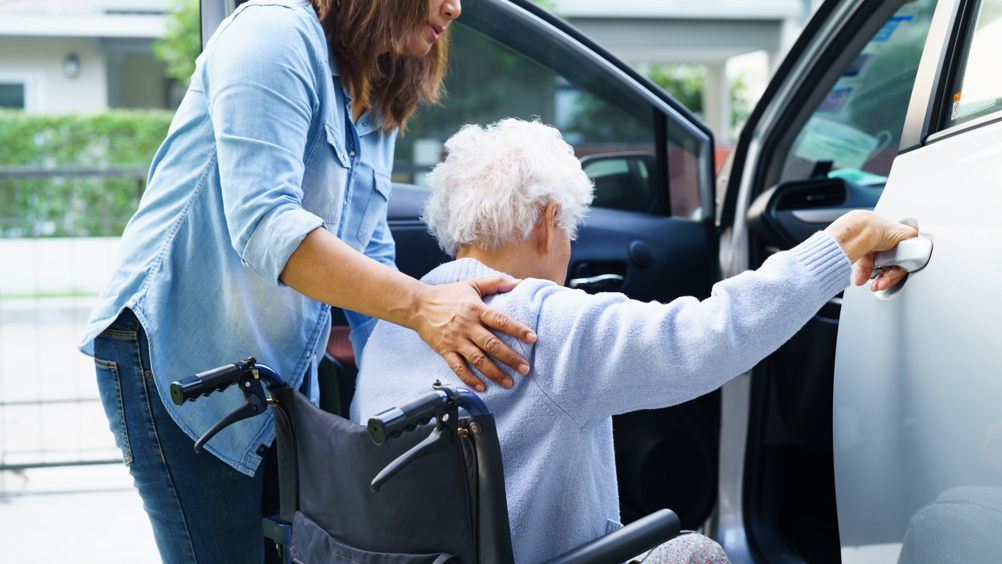References
Fall-related characteristics, depression and frailty levels of older adults experiencing falls in the community

Abstract
Background:
Falls are a major public health concern among older adults and are often associated with increased frailty and mental health issues such as depression.
Aims:
This study (1) examined the characteristics of falls among older adults admitted to hospital following community-based falls; (2) explored the relationship between frailty and depression in this population.
Methods:
A descriptive and relational study design was used with a purposive sample of 400 adults aged 65 years and over, who were hospitalised in an orthopaedic clinic after experiencing a fall. Data were collected using a sociodemographic information form, the Tilburg Frailty Indicator, and the Yesavage Geriatric Depression Scale-15. Data were analysed using descriptive statistics, chi-square tests, t-tests, analysis of variance, logistic regression and Pearson correlation.
Results:
Older adults who were aged 75 years and over, female, single, with lower income, chronic medication use and a history of previous hospitalisations were unlikely to have experienced multiple falls. While the number of falls was not significantly associated with depression levels, increased depression scores were positively correlated with physical and psychological frailty. Frailty accounted for 10% of the variance in depression scores.
Conclusions:
Although depression levels were not directly influenced by the number of falls, frailty was significantly associated with both fall frequency and depression.
Implications for practice:
The findings emphasise the need for a holistic, multidisciplinary approach in the assessment and care of older adults who experience falls.
With the global ageing population on the rise, age-related issues have become increasingly prevalent. Among these, falls represent a significant public health concern, as they can result in disability, death and substantial economic costs in older adults (Alshammari et al, 2018; World Health Organization, 2019). Every year, approximately 28–35% of individuals aged 65 years and over, and 32–42% of individuals aged 70 years and over, experience falls (World Health Organization, 2008). One out of every four older people, aged 65 years and over, experiences a fall every year (National Council on Aging, 2024). In England and Wales, over 3500 people aged over 65 years die each year following a fall, and nearly 300 000 require hospital admission. Additionally, falls are the most common cause of injury-related deaths in people aged over 75 years (Richardson, 2025).
Register now to continue reading
Thank you for visiting Community Nursing and reading some of our peer-reviewed resources for district and community nurses. To read more, please register today. You’ll enjoy the following great benefits:
What's included
-
Limited access to clinical or professional articles
-
New content and clinical newsletter updates each month

